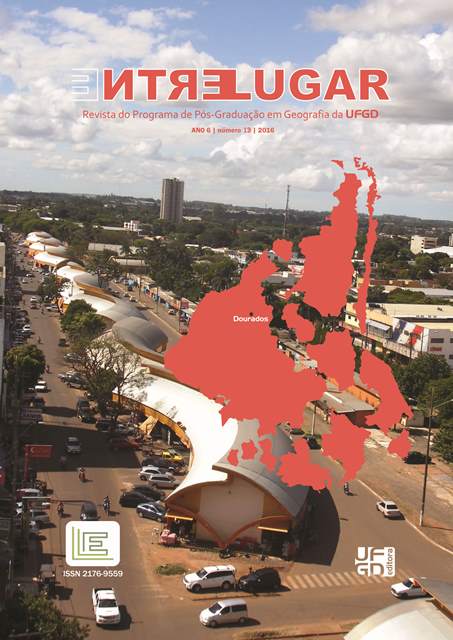Geomorphology assistance applied in urban planning drainage: case study of the municipality of Goiania, Goiás, Brazil
Keywords:
Geomorphology, Geotechnologies, Environmental planning, Urban drainage.Abstract
In the present scenario, on a vast technological apparatus, there are still problems related to the misuse of natural resources, especially water. In the urban environment, the landscape change has occurred more rapidly, so that nature cannot come back with the same speed to its natural state of dynamic equilibrium. It is necessary to be a physicalterritorial and environmental planning that respects the natural environment weaknesses and at the same time is consistent with the physical and social conditions that make up the urban environment. In this context, this article discusses the role of so-called Applied Geomorphology in the planning of urban drainage. For this we discuss some issues related to geomorphology, Geotechnologies and Environmental Planning, and will deal through a case study on how the SRTM products contribute in the analysis of the conditions of drainage of the city of Goiania (GO).Downloads
Download data is not yet available.
Downloads
Published
2016-07-25
How to Cite
Brasil, J. (2016). Geomorphology assistance applied in urban planning drainage: case study of the municipality of Goiania, Goiás, Brazil. ENTRE-LUGAR, 7(13), 50–64. Retrieved from https://ojs.ufgd.edu.br/entre-lugar/article/view/6651
Issue
Section
Articles
License
Autores que publicam nesta revista concordam com os seguintes termos:
- Autores mantém os direitos autorais e concedem à revista o direito de primeira publicação, com o trabalho simultaneamente licenciado sob a Creative Commons Atribuição-NãoComercial-CompartilhaIgual 3.0 Brasil que permitindo o compartilhamento do trabalho com reconhecimento da autoria do trabalho e publicação inicial nesta revista.
- Autores têm autorização para assumir contratos adicionais separadamente, para distribuição não-exclusiva da versão do trabalho publicada nesta revista (ex.: publicar em repositório institucional ou como capítulo de livro), com reconhecimento de autoria e publicação inicial nesta revista.
- Autores têm permissão e são estimulados a publicar e distribuir seu trabalho online (ex.: em repositórios institucionais ou na sua página pessoal) a qualquer ponto antes ou durante o processo editorial, já que isso pode gerar alterações produtivas, bem como aumentar o impacto e a citação do trabalho publicado (Veja O Efeito do Acesso Livre).




